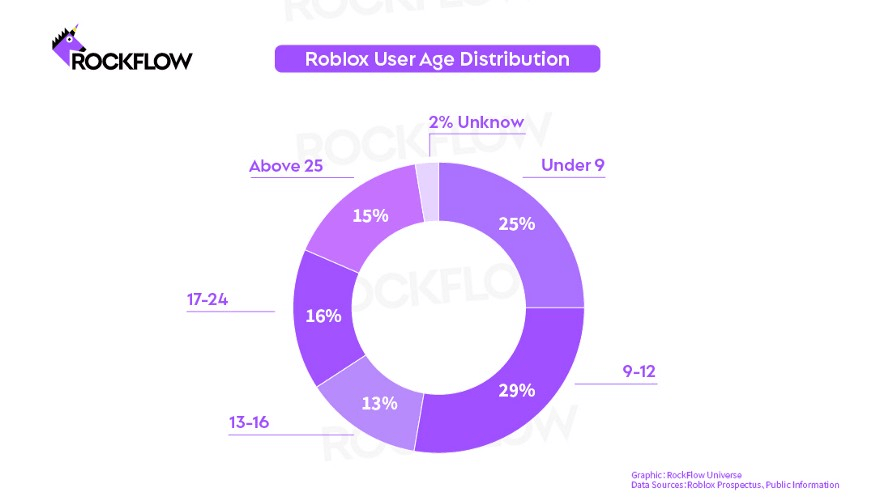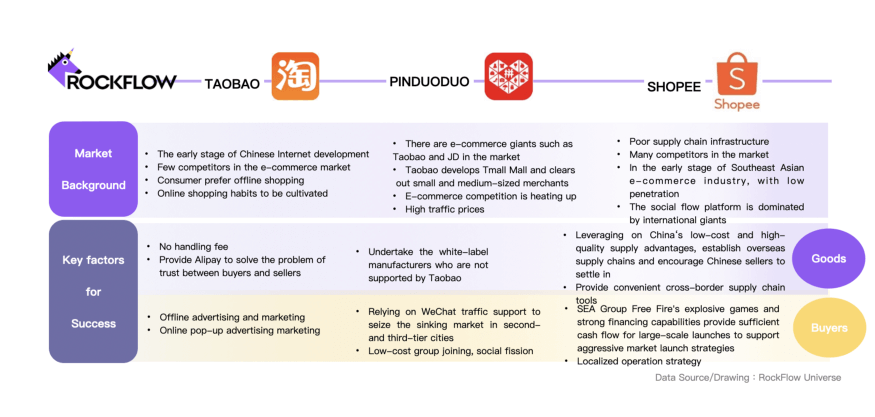Dear Rockers,
Welcome to RockFlow.
Our aim is to make investing easy and fun.
Dear Rockers,
Welcome to RockFlow.
Our aim is to make investing easy and fun.
In 1988, Chip Wilson founded Lululemon in Vancouver, including a small design studio, retail store and yoga studio. Lululemon's products were refined to serve the "vertical segment of women's yoga wear market" and officially became a yoga-inspired sportswear brand. Lululemon rose rapidly with its accurate crowd positioning, product innovation, DTC's direct marketing model and high-quality community activities, thus won the favor of many middle-class women.
As a company focusing on the research, development and sales of electronic devices, Apple initially gained a large number of users with extremely user-friendly mobile phones and computer devices. Subsequently, Apple continued to improve its technological capabilities and launched a variety of technological innovations such as full-screen, facial recognition and self-developed chips. In addition to technological research and development of electronic devices, Apple is also actively exploring new growth drivers:
Roblox is the world’s largest multiplayer online game creation platform. Its Daily Active Users (DAUs) reached 43.2 million in the second quarter of 2021, with each user spending around two hours on the platform every day. More than half of them are young Americans under the age of 13.

Back in 2018, when Hwang Dong-hyuk, the director of Squid Game, walked into Netflix’s makeshift offices at WeWork in Seoul with the script he had written for Squid Game a decade earlier, he probably didn’t expect this much success. In the first month after the famous Korean drama Squid Game was released, nearly 150 million families around the world watched the show, and the audience ratings ranked first in 94 countries including the United States. The rapidly rising ratings and the phenomenal popularity of Squid Game triggered the equity rally of Netflix, the leading streaming media platform behind the show. Squid Game isn’t Netflix’s first blockbuster hit. From 2012 to Q1 2021, Netflix released 779 original series, of which popular high-quality series accounted for 20.67%. If you consider Netflix as a venture capital firm, that’s an impressive hit rate. The big question regarding Netflix is, what’s the magic code of always picking the hit show among thousands of projects and earning huge returns?
In 2017, Sea went public on the New York Stock Exchange. After that, its stock price rose from $16 to $310, increasing 18 times. The market value of $170 billion surpassed Pinduoduo. Sea’s business model is more like a combination of Tencent + Pinduoduo + Ant Financial, mainly consisting of three major businesses including Garena (Game), Shopee (E-commerce), and SeaMoney (Payment). It also expanded its businesses to ShopeeFood (Takeout) and Sea Capital (Investment).
The infinite possibilities brought by Shopee are the foundation for investors’ recognition of Sea. There is even a saying that “80% of Sea’s stock price is supported by Shopee.”
A successful third-party e-commerce platform needs to connect a supply chain (including merchants, commodities, and logistics) and lots of customers that fit its market positioning, and at the same time enlarge the scale of the bilateral market to stimulate huge business energy.
The development path of third-party e-commerce platforms in Asia can be roughly divided into three models: the Easy mode in the early stage of Internet development, the Hard mode in the late stage of the e-commerce boom, and the intermediate mode in which competition has not yet heated up. The representative players of these three modes are Taobao, Pinduoduo, and Sea.
